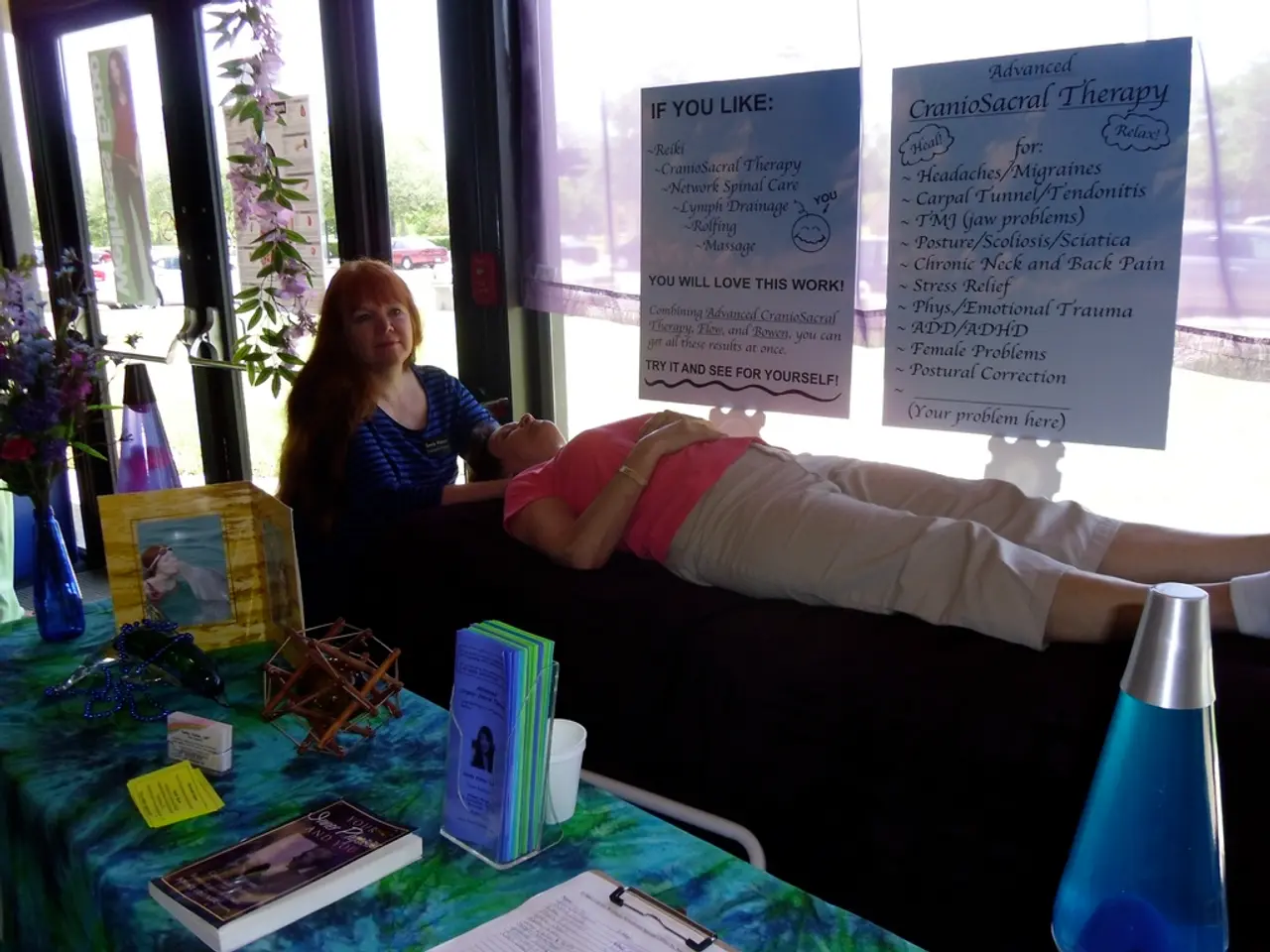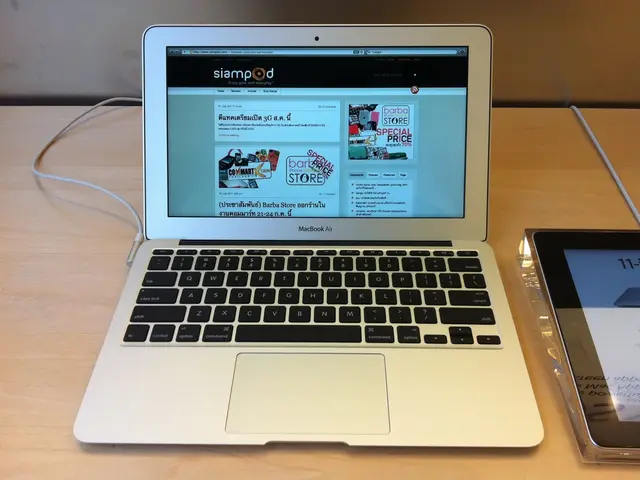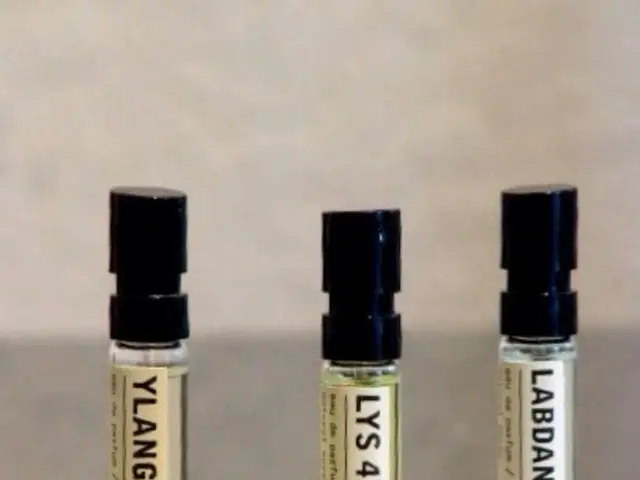Identifying Lies Swiftly: Revealing Deception in a Matter of Two Minutes
In the realm of investigations and decision-making, the ability to detect lies is a critical skill. A new wave of research is shedding light on the complex process of lie detection, drawing on insights from human psychology, neurology, and strategic questioning.
Psychology provides a foundation for understanding deception by focusing on behavioral and cognitive cues. Liars often exhibit nervousness, speech hesitations, or implausible details in their stories, which can signal dishonesty. However, these signs may also result from anxiety or stress unrelated to lying. Research also shows that deceptive individuals may use language differently, such as reducing first-person pronouns, using more passive voice, or exhibiting subtle shifts in emotional tone.
Neurology explores the brain and body’s response to deception. Deceptive behaviors activate a variety of neural processes, but isolating neural markers specific to lying is challenging. Functional magnetic resonance imaging (fMRI) and machine learning have demonstrated that some neural predictors of deception also respond to non-deceptive, self-serving behaviors.
Physiologically, deception often triggers the sympathetic nervous system, leading to measurable changes in heart rate, blood pressure, respiration, and perspiration. While these physiological responses are strongly linked to the stress of deception, they can also be influenced by anxiety or fear unrelated to lying, potentially leading to false positives.
Strategic questioning techniques aim to overload the cognitive resources of a deceptive individual by asking detailed, unexpected, or time-reversed questions. When lying places high demands on memory and attention, inconsistencies or implausibilities in the narrative are more likely to emerge. Questioning tactics can expose gaps or contradictions that might not be obvious in straightforward conversation.
Technology is also playing a role in lie detection. AI algorithms can be trained to recognize patterns in facial expressions, speech, and behavior indicative of lying. fMRI can observe changes in brain activity in real-time and potentially identify when someone is being deceptive.
Despite technological advances, it's essential to balance the use of tools with human insight in lie detection. Asking open-ended questions and observing shifts in the narrative can help uncover lies. Interrogation experts often emphasize the importance of observing both verbal and non-verbal cues during questioning. For instance, a lack of regular eye contact or an excess of eye contact can be a sign of deception. Joe Navarro's work emphasizes how body language, such as shifts in posture or barriers created with the arms, can signal deceit.
In criminal investigations, the accuracy of lie detection can mean the difference between justice served and a miscarriage of justice. However, all approaches must contend with confounding factors and the inherent complexity of human behavior. Combining multiple methods increases accuracy but does not eliminate uncertainty entirely. Delayed responses, especially following strategic questions, can indicate that a person is concocting a lie.
In conclusion, effective lie detection relies on integrating psychological insights (behavioral and language cues), neurological and physiological measurements (brain activity and autonomic responses), and strategic questioning to increase cognitive demand. However, all approaches must contend with confounding factors and the inherent complexity of human behavior. The pursuit of lie detection continues to be a fascinating and evolving field, with significant implications for various aspects of society.
- The field of education-and-self-development can provide valuable resources on mental-health, helping individuals identify and manage their personal-growth, including understanding signs of deception.
- Understanding deception relies not only on extrapolating behavioral and language cues from psychology but also exploring brain and body responses in science, such as changes in heart rate, blood pressure, and eye contact.
- In the health-and-wellness perspective, maintaining a balanced state of mental health could prove beneficial in detecting lies, as it might reduce stress and anxiety-induced cues that could potentially mimic deception.
- With the rise of technology inlie detection, the importance of human insight remains crucial for accurate evaluation, emphasizing the integration of various methods, including observation, strategic questioning, and technological aids, for effective lie detection.







